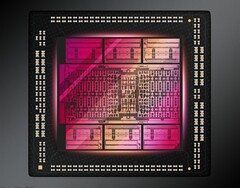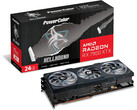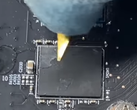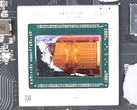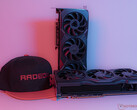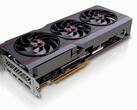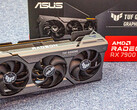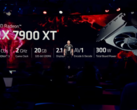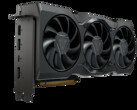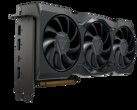New evidence that AMD’s 7900XTX flagship GPUs could suffer from hardware problems has come to light. Looking at the independent reviews that tested the reference cards, one would wonder if AMD may have turned to some false advertising strategies back in November when the first performance graphs were released. Granted, AMD said up to 70% increased performance over the 6950 XT, and maybe that set expectations too high, as most reviews show ~40% performance gains on average. More recent findings suggest AMD launched the flagship Navi 31 GPUs on the A0 stepping, which appears to have some hardware issues that affect performance. These issues are exhaustively explained by Twitter user @davidbepo in a quite long thread of posts.
First off, @davidbepo explains that, while GPU-Z shows revision C8 for some AIB versions, the actual revision is A0 as noted in the VBIOS. Apparently, A0 was a problematic stepping that forced AMD to delay the Navi 31 launch by almost a year, yet AMD launched the flagship models with this stepping anyway.
The first A0 issue presented is the high GPU clock variability. Some games like Cyberpunk 2077 run at 2.2 GHz, while others run anywhere between 2.2 and 2.9 GHz. Then there is the strange issue with the high power draw noticed by each and every review. Despite voltage being lower than expected (barely touches 1V), the cards somehow draw more than 400 amps. Ultimately, by @devidbepo’s calculations, even though Navi 31 gets double the number of shaders over the previous gen flagships, each new compute unit is only 12% faster at the same clocks, which is more on the low side considering the jump to 5 nm.
Another issue that might be impacting the Navi 31 performance was suggested by Twitter user @Kepler_L2, who discovered in the Mesa3D github that “some A0 chips” come with a non-working shader prefetch. On RDNA 2, non-working shader prefetches would lead to a 5% penalty. However, the RDNA 3 architecture introduced with the Navi 31 chips has different parameters and the impact could differ as well. This problem seems to be corrected on the mid-range Navi 32 chips expected to be released in the first months of 2023.
It is unclear why AMD chose to stick with the A0 stepping. The more plausible explanation would be that Team Red was not able to fix things in time for the release window, as it needed to rush a competing model against Nvidia’s new RTX 4000 series. Hopefully, AMD could eventually release a fixed flagship revision, possibly with a 7950 XTX model, but most likely no sooner than mid-2023.




